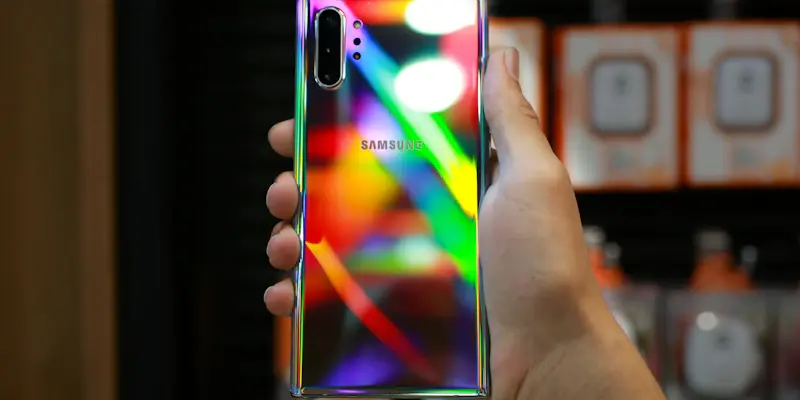As the excitement builds for the release of the Samsung Galaxy S26 Ultra, the conversation among tech enthusiasts has been dominated by the highly anticipated camera features. The early leaks generated considerable buzz, with many rumors suggesting that the device would boast dual 200 MP cameras. The latest revelation indicates that the Samsung Galaxy S26 Ultra will instead come with only one 200 MP camera, a decision likely influenced by the constraints of the Snapdragon 8 Elite Gen 2 SoC.
Snapdragon 8 Elite Gen 2 SoC Impact
The decision to include just a single 200 MP camera might be traced back to the capabilities of the Snapdragon 8 Elite Gen 2 SoC. This powerful chip, though a significant advancement, is evidently unable to support dual 200 MP sensors, thereby steering the company towards a different configuration. This shift underlines the balancing act that Samsung and other smartphone manufacturers must perform between innovation and feasibility. Ensuring optimal performance while incorporating cutting-edge technology remains a top priority for Samsung, which has influenced this compromise.
The Snapdragon 8 Elite Gen 2 SoC promises substantial processing power and enhanced performance, ensuring that the Galaxy S26 Ultra provides an exceptional user experience. While the accuracy of the latest leak suggests a pivot from the dual 200 MP camera configuration, the expectation is that the single 200 MP sensor will be accompanied by additional sophisticated lenses. These lenses will likely include a mix of ultrawide and telephoto capabilities that exploit the strengths of the new SoC. Consequently, the device is still on course to deliver remarkable photographic prowess, despite the adjustment from earlier rumors.
Anticipated Camera Configuration
The Galaxy S26 Ultra is sure to bring a significant upgrade over its predecessor, the Galaxy S25 Ultra, particularly in the camera department. Rumors point towards a versatile three or four-camera setup, offering users a wide range of photographic functions. Alongside the 200 MP primary camera, the device may feature a 50 MP ultrawide lens, which will be instrumental in capturing expansive scenes. Additionally, there might be one or two telephoto lenses that provide optical zoom capabilities, spanning between 3.5x to 8x. However, it’s worth noting that the 8x telephoto camera appears less likely to be included in the final design.
As Samsung continues to refine the final camera setup, consumers should anticipate a blend of quality and versatility that is characteristic of the brand. The development process often involves focusing on aspects that will have the most significant impact on user experience, potentially causing shifts in the original plans. The various camera components will likely integrate cohesively with the device’s software enhancements, aiming to elevate mobile photography to new heights.
The Fluidity of Leaks and Official Announcements
As the buzz around the Samsung Galaxy S26 Ultra intensifies, tech aficionados are primarily focused on its much-anticipated camera features. Initial leaks sparked considerable excitement, with rumors hinting that the new device would include dual 200 MP cameras.
This change in design is likely due to limitations imposed by the Snapdragon 8 Elite Gen 2 SoC. This powerhouse of a processor, while advanced, might not support the operation of dual 200 MP sensors efficiently. The decision to equip the phone with a single 200 MP camera could lead to a more balanced and optimized performance overall. Enthusiasts eagerly await official confirmation and details, but it’s clear that Samsung aims to deliver top-notch photographic quality with its latest flagship, ensuring that the Galaxy S26 Ultra remains competitive in a market where camera performance is crucial.

